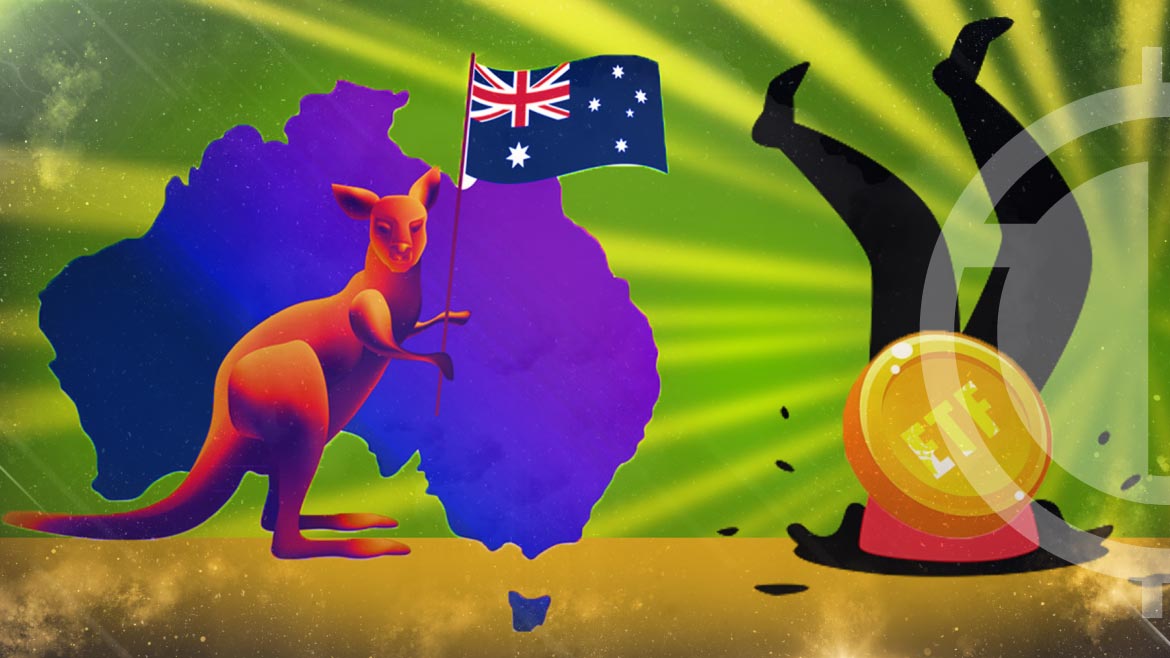
Because of the declines in the markets, the overall capitalization of the Australian Exchange Traded Fund (ETF) market as a whole in 2022 has decreased by just under $2 billion as of the end of November. And all of the ETFs that have performed the worst are tied to cryptocurrencies.
The BetaShares Crypto Innovators ETF (CRYP) and the Cosmos Global Digital Miners Access ETF (DIGA) are the names of these exchange-traded funds .
In October 2021, BetaShares debuted its exchange-traded fund (ETF) on the Australian Securities Exchange (ASX), only a few short weeks before the majority of cryptocurrencies reached all-time highs. The DIGA stock was also listed on the Cboe Australia market at around the same time.
At the time that this article was written, CRYP had dropped by a little more than 82% year-to-date (YTD), while Cosmos’s DIGA had dropped by 72%, as per data shown by Google Finance. CRYP gives investors access to publicly traded blockchain and cryptocurrency firms, including Coinbase and Riot Blockchain, amongst others.
Galaxy Digital, an investment business run by Mike Novogratz, is the biggest current position, accounting for 12.3% of the portfolio. Through the use of the Global Digital Miners Index, DIGA ETF monitors the performance of a portfolio of firms that are primarily concerned with the mining of Bitcoin (BTC) or any other cryptocurrency.
However, only one year after the initial introduction of DIGA, Cosmos asked that the ETF, together with two others monitoring BTC and Ether, be delisted from Cboe. This request came at a time when waning interest in cryptocurrencies caused the net asset value of the funds to fall below $1 million. Investors’ actions in 2022 have been mostly motivated by inflation and increasing interest rates, making tech-ETFs a target.







